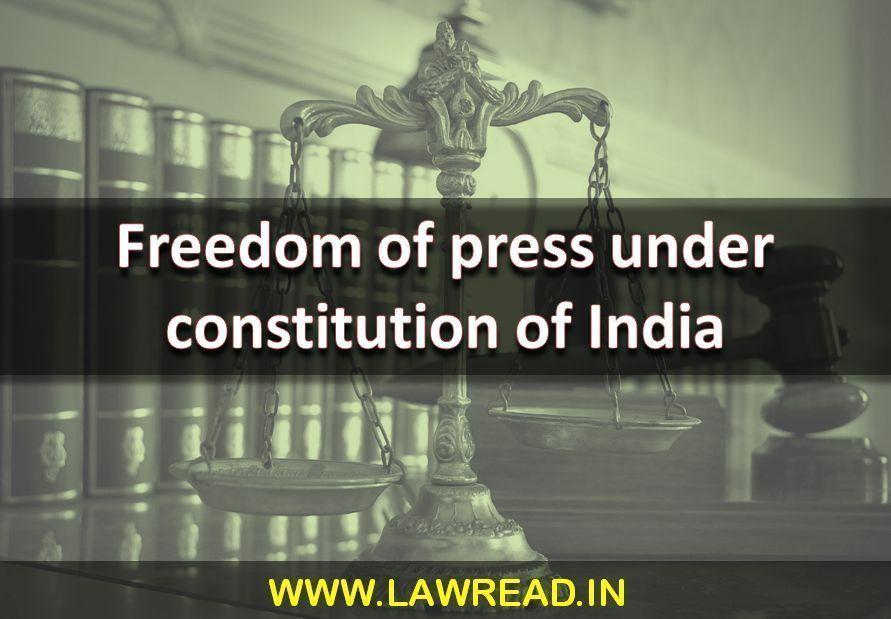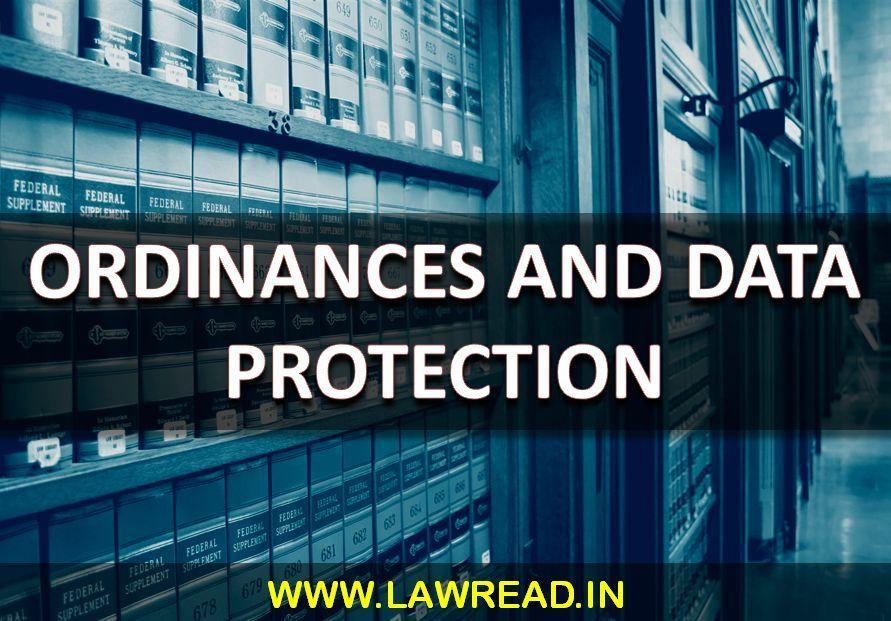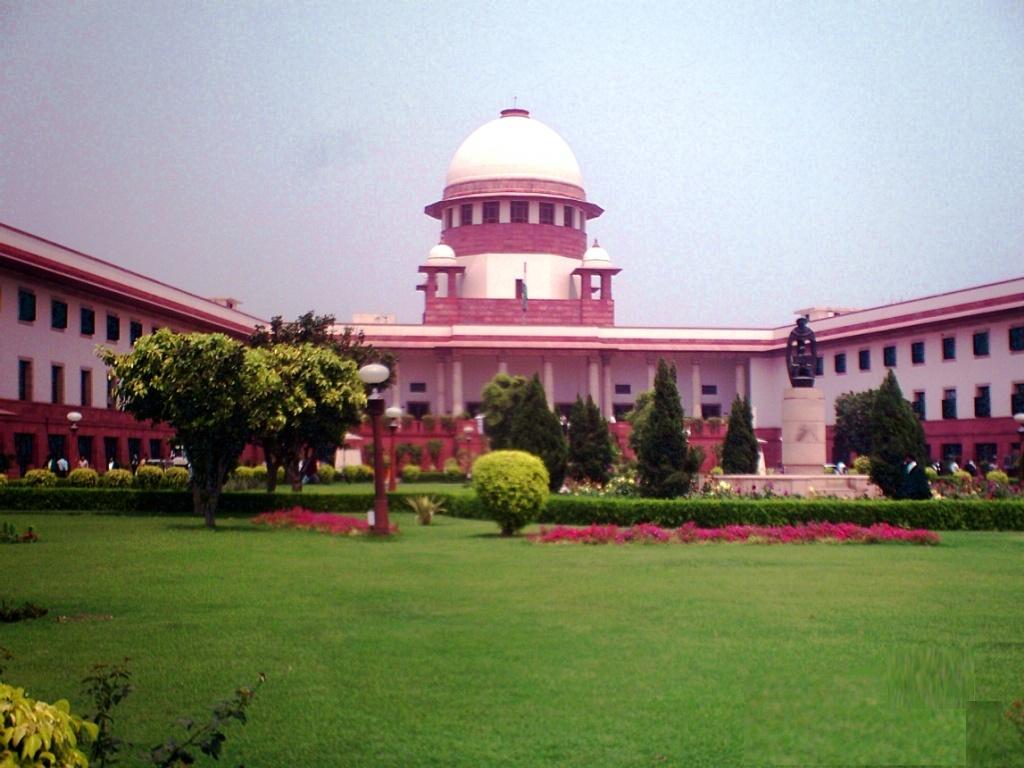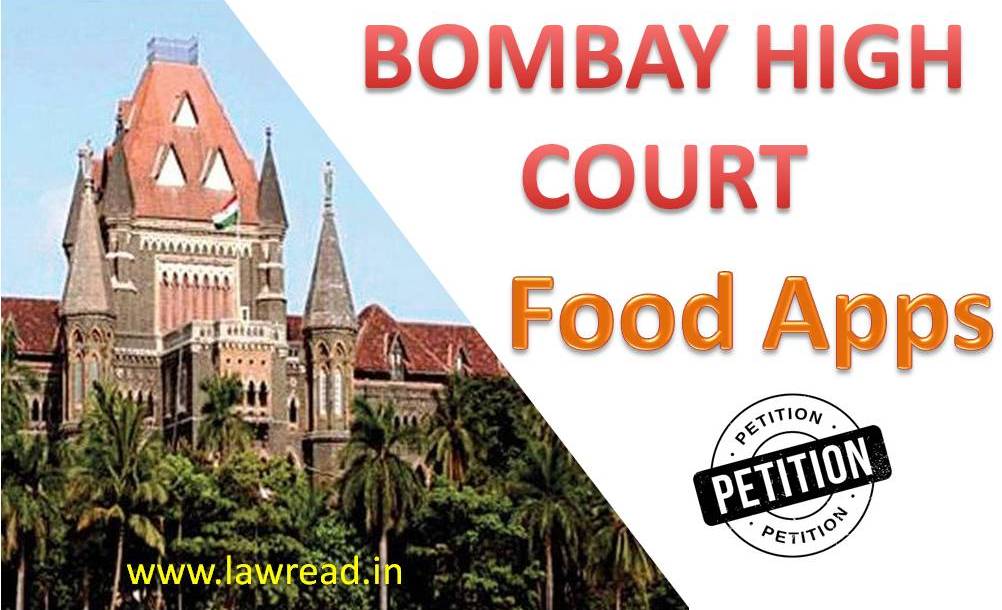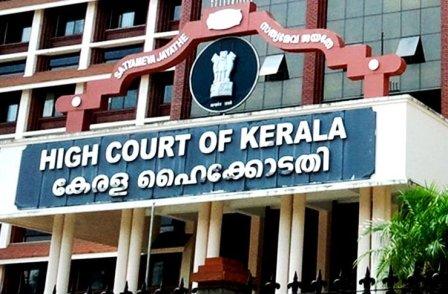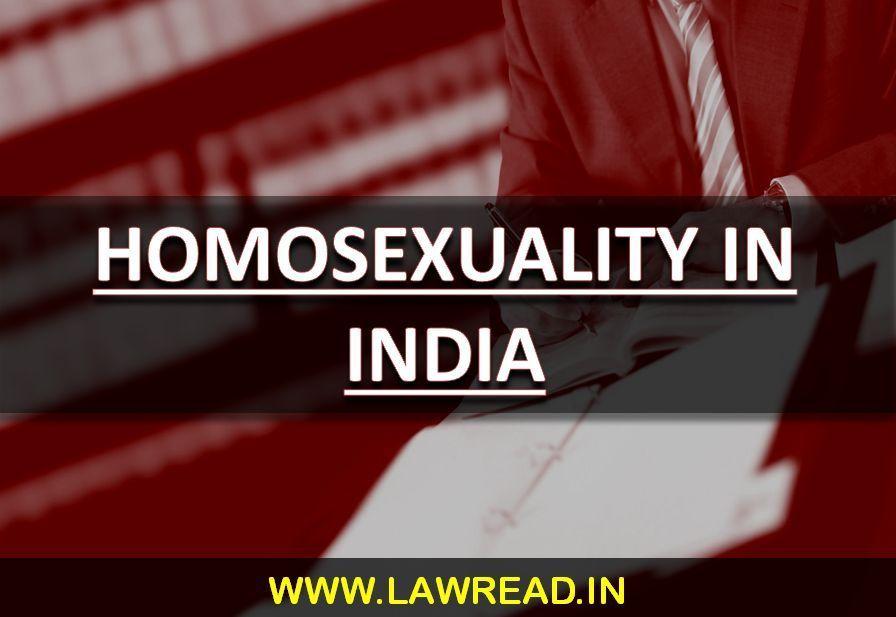PROPERTY DISTRIBUTION IN ABSENCE OF WILL
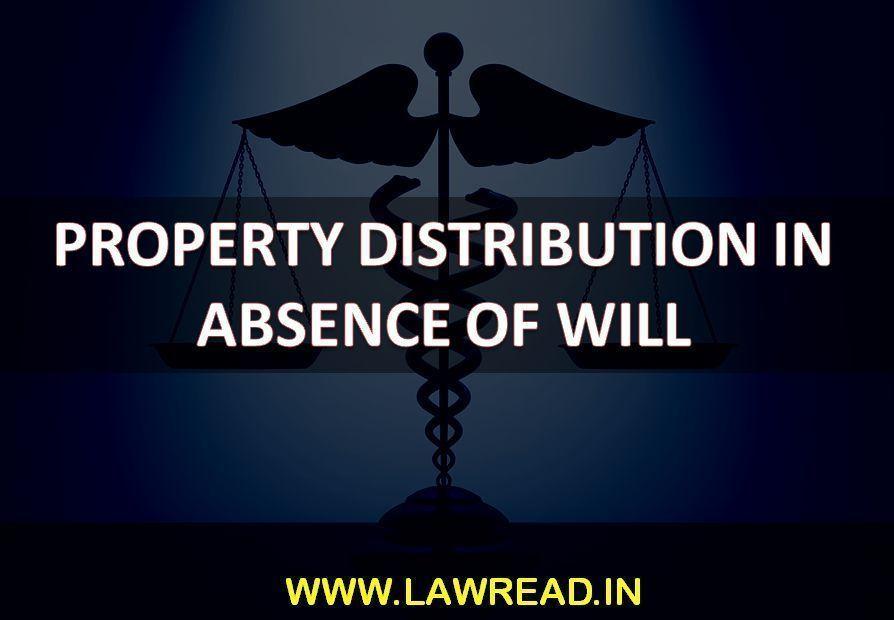
1.1 PROPERTY DISTRIBUTION AMONG CLASS I HEIRS
Property Distribution in absence of will
The property of a Hindu male who died without making will is distributed among his heirs in accordance with section 8 and 9 of The Hindu Succession Act, 1956. According to these the property of a Hindu dying intestate is inherited by his heirs of Class I who take the property to the exclusion of all other heirs. In case of presence of more than one class heir the rules laid down in Section 10 of the Act are to be followed to be followed.
Section 10 provides as under:
Property Distribution among heirs in class I of the Schedule: The property of an intestate shall be divided among the heirs in class I of the Schedule in accordance with the following rules:-
Ordinance 1- The intestate’s widow or more than one widow shall take one share.
Ordinance 2- : Each take one share, surviving sons and daughters and the mother of the intestate
Ordinance 3- One share be taken by the heirs in the branch of each pre-deceased son or each pre-deceased daughter of the intestate.
Ordinance 4-The distribution of the share referred to in Ordinance 3
(i) among the heirs in the branch of the pre-decease son shall be so made that his widow (or widows together), and the surviving sons and daughters get equal portions ; and the branch of his pre-deceased sons gets the same portion;
(ii) among the heirs in the branch of the pre-deceased daughter shall be so made that the surviving sons and daughters get equal portions.
Ordinance 1: The intestate’s widow or more than one widow shall take one share.
Suppose a situation where A, a Hindu, dying intestate at the time of his death is survived by two windows and a son. A was the owner of one house. Now as per the heirs in Class I shall take the property simultaneously and to the exclusion of all others. And in the above case all are Class I heirs. But two of them are widows of A. Therefore, as per the provisions of Rule 1 of section 10, both the widows of A shall take one-half share in the house of A and the other half shall go to A’s son. Hence the property of A by virtue of the above rule would be divided in only two parts and not three as all the widows together are entitled to only one part by virtue of Rule 1 of section 10. However, among themselves, both the widows shall inherit equally and one-half of the portion of A’s house that they are entitled to shall be divided equally among them. Therefore share of A’s son in A’s house upon A’s death shall be one-half while the share of each widow of A shall be one-fourth.
Similarly if in the above example A is survived by three widows and three sons, the house of A upon A’s death shall be divided in four equal parts. Three parts, i.e. one part each shall be inherited by each son while the fourth part shall be inherited equally by the three widows.
However, if at the time of A’s death he is survived by only two widows, both of them shall inherit the house of A equally, i.e. both of them shall be entitled to one-half share, there being no other Class I heir.
Ordinance 2: Each take one share, surviving sons and daughters and the mother of the intestate.
For example: A, a Hindu male dies intestate and is survived by his mother, two widows, two sons and two daughters. Now reading both Rule 1 and Rule 2 together, it becomes clear that the property of A shall be divided in 6 parts. Each daughter shall inherit one part. So shall each son. There being two sons and two daughters surviving A, each shall inherit one part. Hence, four parts of the property shall be distributed among A‘s four sons and daughters. Of the remaining two parts, A’s mother alone shall be entitled to one part and by virtue of Rule 1, both the widows of A shall be together entitled to one part.
Ordinance 3: One share be taken by the heirs in the branch of each pre-deceased son or each pre-deceased daughter of the intestate.
For example: A, a Hindu male dying intestate, is survived by one widow, one son, one daughter and two grandsons from one predeceased son, i.e. a son who had already expired at the time of A’s death. Now A’s widow shall take one share of A’s property. One share each shall be taken by A’s surviving son and daughter. As far as A’s grandsons are concerned, by virtue of Rule 3, they shall together take one share as they are the heirs of A’s predeceased son. Therefore, A’s property on his death shall be divided in 4 parts. The one part inherited by A’s two grandsons from a predeceased son shall be divided equally among them. Here it may be mentioned that the position of the heirs of the deceased’s predeceased sons is similar to the deceased’s widows. Deceased’s widows, irrespective of their number are entitled to only one share in the property of the deceased. Similarly irrespective of the number of Class I heirs of a predeceased son of a deceased, they all together take one share. Here even if the widow of A’s predeceased son was alive, even then she would have inherited together with her two sons only one part of A’s property.
Ordinance 4 (i): The distribution of the share referred to in Ordinance 3
(i) among the heirs in the branch of the pre-decease son shall be so made that his widow (or widows together), and the surviving sons and daughters get equal portions ; and the branch of his pre-deceased sons gets the same portion;
(ii) [Explained later]
Ordinance 4(i) deals with distribution of the share that the branch of a deceased’s predeceased son is entitled to on the deceased’s death. As mentioned above, the branch of the predeceased son of a male Hindu dying intestate gets one share in the deceased’s property. That one share is to be distributed among the heirs of that predeceased son in accordance with this Rule.
Thus if A’s predeceased son had two widows and two sons, then at the time of A’s death, they all together would have inherited just one part of A’s property. Among themselves however, the distribution of this one share shall be made in accordance with this rule. Hence the one part that they have inherited shall be divided in three equal parts – one part each to the two sons of A’s predeceased son and one part to the two widows of A’s predeceased son. Here if A’s predeceased son say B, had along with his two widows and two sons also got another son C who had already predeceased B and on his death was survived by one widow and one son, then the one part of A’s property that B’s branch inherits shall be divided into 4 parts – one part each to his two surviving sons, one part to his two widows and one part to the branch of his predeceased son C.
Ordinance 4(ii):The distribution of the share referred to in Ordinance 3
(i) [Explained above]
(ii) among the heirs in the branch of the pre-deceased daughter shall be so made that the surviving sons and daughters get equal portions.
This Ordinance deals with the distribution of the share of property of a Hindu male dying intestate that devolves under Rule 3 upon the branch of his predeceased daughter. Now as per Rule 4(ii), this distribution shall be so made that that the surviving sons and daughters of the predeceased daughter get equal portions. Therefore, if A, a Hindu male dying intestate is survived by a widow and a grandson and granddaughter from a predeceased daughter B, then A’s property upon his death shall be divided in two parts- one part to his widow and one part to B’s branch. The part inherited by B’s branch shall be divided equally between B‘s son and daughter.

